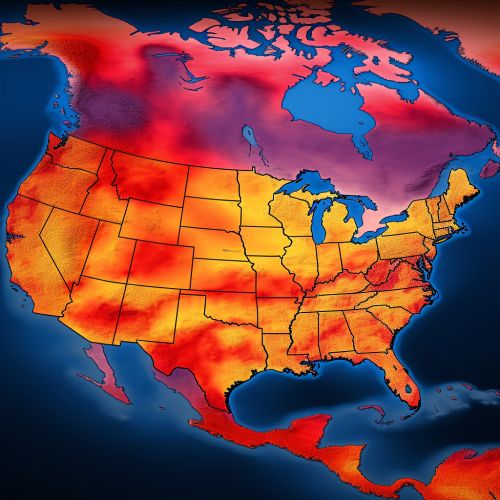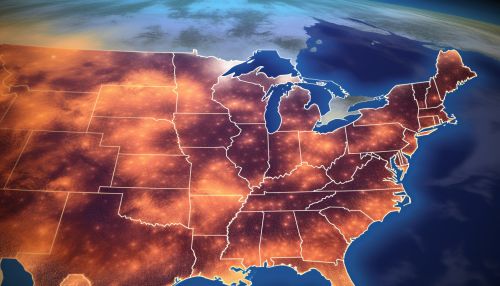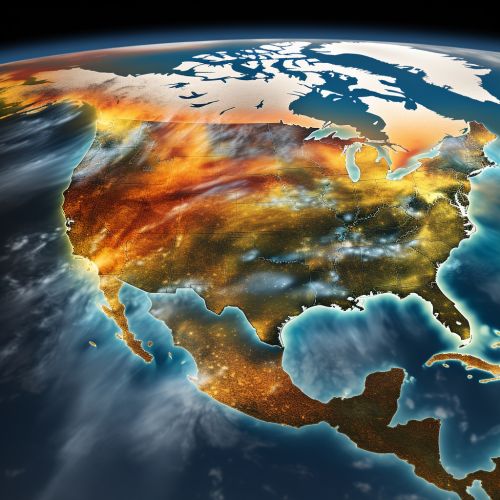The Role of Geostatistics in Weather Forecasting
Introduction
Geostatistics is a branch of statistics focusing on spatial or spatiotemporal datasets. Developed originally to predict probability distributions of ore grades for mining operations, it is currently applied in diverse disciplines including petroleum geology, hydrogeology, hydrology, meteorology, oceanography, geochemistry, geographical information systems, and remote sensing.


Role in Weather Forecasting
In the context of weather forecasting, geostatistics is used to analyze spatially distributed meteorological variables such as temperature, pressure, wind speed, and humidity. These variables are often collected from a network of weather stations and remote sensing platforms, which provide a spatially distributed dataset. Geostatistical techniques allow meteorologists to interpolate these data points to predict weather conditions at unmeasured locations, and to estimate the uncertainty associated with these predictions.


Data Collection
Data collection in weather forecasting involves obtaining measurements of various atmospheric parameters from a range of sources. These include ground-based weather stations, weather balloons, weather satellites, and radar systems. Each of these sources provides data at different spatial and temporal resolutions, which must be integrated to provide a comprehensive picture of the current and future state of the atmosphere.
Spatial Interpolation
Spatial interpolation is a key geostatistical technique used in weather forecasting. It involves estimating the values of a variable at unmeasured locations based on the values at measured locations. There are several methods of spatial interpolation used in meteorology, including kriging, inverse distance weighting, and spline interpolation.


Uncertainty Quantification
Uncertainty quantification is another important aspect of geostatistics in weather forecasting. This involves estimating the uncertainty or error associated with weather predictions, which is crucial for decision-making in various sectors such as agriculture, energy, and emergency management.
Applications
Geostatistics is applied in various aspects of weather forecasting, including nowcasting, short-term forecasting, and climate modeling. It is also used in the development of weather derivatives, which are financial instruments that derive their value from weather-based variables.


Nowcasting
In nowcasting, geostatistics is used to predict weather conditions over a short period, typically up to a few hours. This involves analyzing the current spatial distribution of meteorological variables and extrapolating their future state based on their current trends and physical laws.
Short-term Forecasting
In short-term forecasting, geostatistics is used to predict weather conditions over a period of a few days. This involves integrating spatially distributed data from various sources and using numerical weather prediction models to simulate the future state of the atmosphere.
Climate Modeling
In climate modeling, geostatistics is used to analyze and predict long-term trends in weather patterns. This involves integrating data from various sources over long periods and using complex climate models to simulate the future state of the climate.
Weather Derivatives
In the development of weather derivatives, geostatistics is used to model and predict the variability of weather-based variables. This involves analyzing historical weather data and using statistical models to estimate the probability distribution of future weather conditions.
Conclusion
Geostatistics plays a crucial role in weather forecasting, providing tools and techniques for analyzing spatially distributed meteorological data. It allows meteorologists to interpolate data points, estimate uncertainty, and make informed predictions about future weather conditions. As weather forecasting continues to evolve with advances in technology and data collection, the role of geostatistics is likely to become even more significant.


